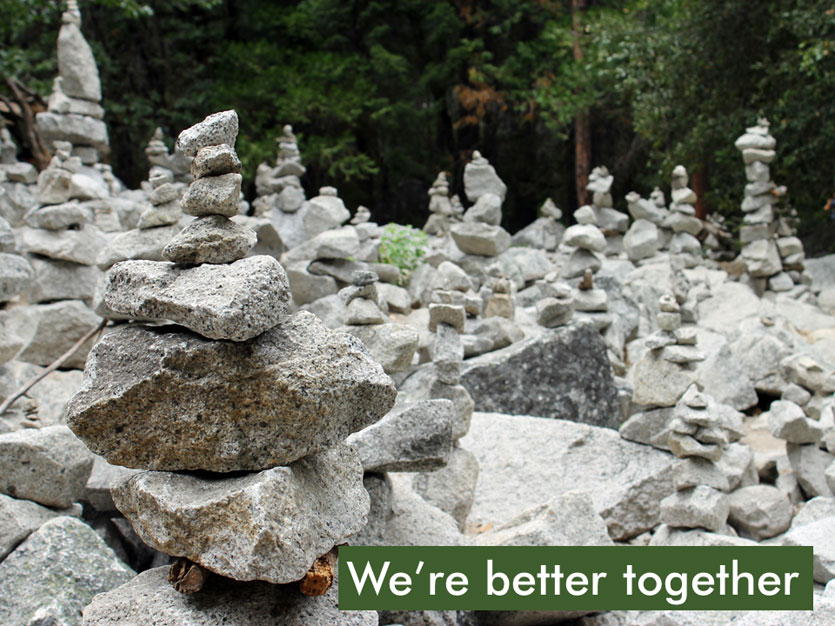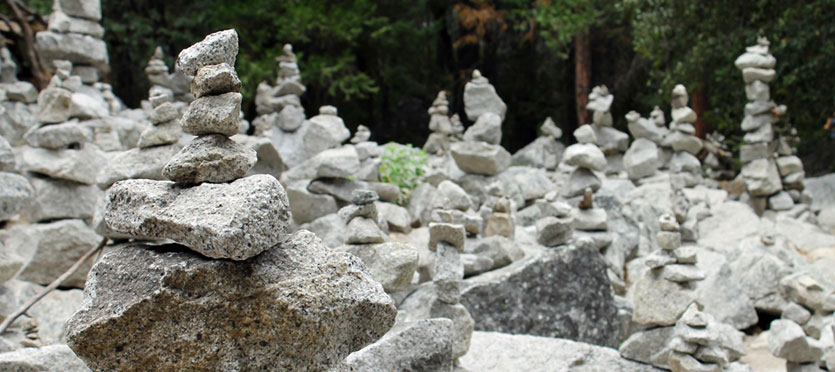Not that long ago, I would have laughed at the thought that I would be using social media to talk about math education. Nowadays, I can still recall that feeling but my perspective has changed so much that I can’t imagine being an effective educator without support from the community of math educators in the MathTwitterBlogosphere (#MTBoS). (UPDATE: The hashtag #iteachmath is now also one many math teachers use.)
You may be unfamiliar with the MTBoS, but if you’re reading this blog post, then you’re a part of it. The MathTwitterBlogosphere is the collection of people and content (think blog posts, lessons, activities, tweets, etc.) about math education. Some people create the content. Some use it. Some do a combination of both. Every role is needed! For example, if everyone made content and no one used it (or vice-versa) that would be a problem.
So, I want to share three reasons why being a part of this group is so important to me so that you might want to participate more as well.

We’ve all had times where you have a great idea that you can’t wait to implement. Maybe you’re alone on the couch or maybe you are alone at work because your colleagues aren’t interested in trying it out. How long are you going to last without any support? How much better would the implementation be if you could collaborate and brainstorm with others?
The benefit of the MTBoS is that there always seems to be other educators interested in the same things you are and you instantly have a community who can inspire and support you. The MTBoS is a community without restrictions. Everyone feels apprehensive at first, much like you would when it’s your first day working at a new school.
But you might wonder why anyone would go out of their way to help you. In a way it doesn’t matter…
Sometimes at Starbucks someone will start a chain reaction where they buy coffee for the person in the drive through behind them. Then that person continues the chain. Once this went on for 10 hours and nearly 400 people! None of the customers knew how or why it started, they just knew that people helped them, so they kept it going.
That is like the MTBoS. When I first joined, people went out of their way to help me and now I feel the desire to keep it going. So, like with Starbucks, the MTBoS is a community of people paying it forward. It will become more familiar and with time you will make connections and it will become your home. It is full of people that share the same goals: growing professionally to help students make sense of mathematics.

People often say that times are changing. That is nothing new. Times have been changing since the start of time. What is changing is the nature of change itself.
Think of what it is like to take off in an airplane. In the moments before take off, sitting on the runway, everything feels normal. Several minutes later when you are in the air at a cruising speed, everything feels sort of normal again. True, you are in the air going 500 miles per hour, but if you didn’t know any better, you could just be sitting on the runway still.
What really feels different are those seconds while you are accelerating down the runway and about to take off. You can feel it in your body. You are being pushed back into your seat. This is not a normal feeling. For some it’s exhilarating. For others it’s terrifying. What’s certain is that something is definitely changing.
The whole nature of change is changing. We’ve been flying through the sky going 500 mph for over a decade through the No Child Left Behind movement. It isn’t even that we are now going faster, say 700 mph. What is changing now is that we are being required to make an increasing amount of change, and change constantly, and at speeds that we can feel with our whole body like we are being pushed back into our seat.
Just when you thought you made more change than you felt comfortable with, now you need to make even more change. Again, for some, this change in education is exhilarating and for others it is terrifying. If we don’t change the way we learn and grow to keep up with the amount of change we are required to implement, it will be more likely to be terrifying than exhilarating.
So how do we change the way we learn and acquire new information? The MTBoS is one option. I grew more as an educator in the first year of talking with other math educators on social media than I had in the previous 10 years. I can’t imagine where I would be at if the only sources of learning came at yearly conferences or occasional district professional development.

In July 2015, my family took a trip to Yosemite and discovered what appeared to be a semi-hidden area on a hike. All around were hundreds of stacks of rocks of varying complexity. Some were tall and had over 10 rocks. Some were smaller and had 3 or 4 rocks. They were all so beautiful and were there for everyone’s enjoyment.
What was really amazing to me though were the unstated social norms an area like this required. For this art to exist, people had to:
- Not take rocks from other piles
- Not knock down other piles.
- Not build on other piles.
Think about it, there were literally no rules or structure, yet everyone worked together for the greater good. Together the group made something better than any one person could have done on his or her own… and everyone benefited.
These rock sculptures are a metaphor for the new realities of math education. We have to work together or we will burn out trying to keep up. It is not realistic to expect that we can make all these changes by ourselves. Fortunately, many people and organizations have created resources and shared pedagogy… and they are out there online for us to explore and use.
Like with the piles of stones, these resources are shared with no expectations. Most people view and use the resources without adding their own. However, you also have the option of contributing your own work to the community.
Another benefit comes from the reality that I don’t have time to explore the amazing ideas out there and the MTBoS helps do it for me. It is similar to how I use Amazon to crowdsource my purchases. Rather than read through all the products, I find the one that has the best reviews and buy it. It saves me time and almost always helps me pick a better item than I would have chosen on my own if there were no reviews.
That is how I use the MTBoS. I simply can’t check out every link that comes my way. Instead, I pay attention to trends. I remember a while back I started seeing the same link (to what I would learn was the latest Jo Boaler article) get tweeted and retweeted. At that point, I knew I needed to make time for reading it and that article got bumped up to the top of my list. I am still going to have hits and misses but this helps me use my time more wisely.
We do better together than any one of us could have done on our own.
Here’s one last example of the power of the MTBoS. Recently in a training I got asked for ideas for developing conceptual understanding of why dividing a negative by a negative is a positive. So, I tweeted it out and got over 50 replies! Having access to this collective intelligence is unthinkable a decade ago. Just click on the tweet below to see what people said.
What's your best method for helping students develop conceptual understanding of why dividing a neg by a neg is a positive? #MTBoS #mathchat
— Robert Kaplinsky (@robertkaplinsky) October 6, 2016
What do you think? Did I convince you to take another step towards interacting with the community? If so, make sure you have a Twitter account. Then follow a handful of people (you can find me there too) and chime in when you feel comfortable. Every bit is helpful. For example, if someone made a lesson you value, a like or retweet gives that person the encouragement to continue.
I hope to see you online or in person too. If you have any questions or comments, please let me know below.


Well said Robert!
I couldn’t agree more. I never felt the need to sign up to Twitter and now I check it every night – the only thing I use it for is Maths ideas. Thanks to the wonderful people who participate and the blogs I follow on Feedly, I have the privilege of continuing to try new ideas after 30+ years of teaching.
Thanks Sheila. I’m glad others fee the same way.
I have been using twitter for about 10 months and found it to be a really valuable tool. Seing ideas of other people, sharing my own and receiving feedback. We have a constant change which is not constant. Have to keep up with it. Twitter helps me.
I completely agree Lena. I can’t imagine where I would be without using social media professionally.
I’m trying to start something like #iteachmath in Spanish, but Mexican teacher don’t use Twitter. I started a Facebook group, but I’ll need patience to get people talking…
I’d love to connect with more teachers who speak Spanish. Hablo espanol pero no se si hay groupos de maestros de matematica quien habla espanol y usan social media.
I completely agree! I was not an X user until a cohort member recommended the platform to me for networking. Now I use it for so much mor….ideas for my classroom and instructional practice, keeping up to date with current trends in the Math Ed world, and connecting with educators from all over the world!